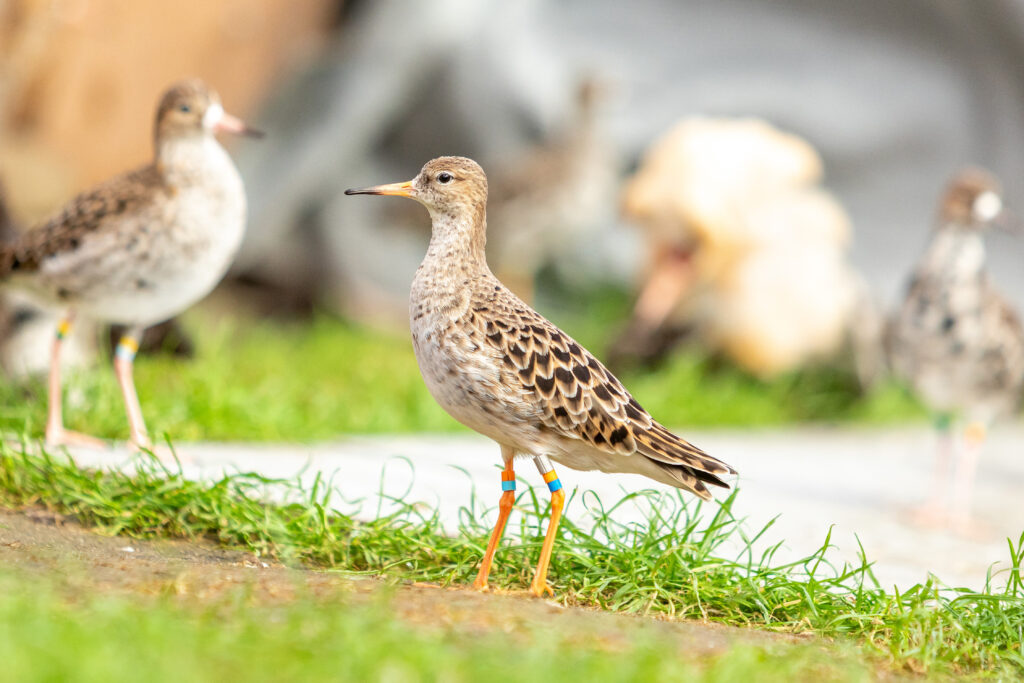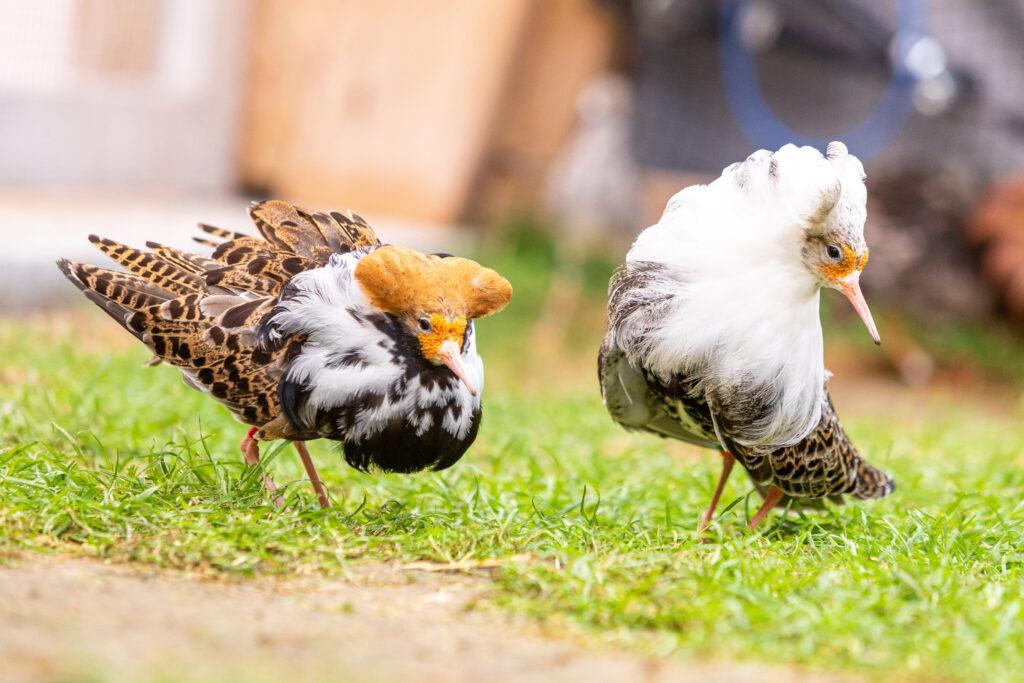 What can birds teach us about testosterone?
What can birds teach us about testosterone?
Jasmine Loveland, Lise Meitner postdoctoral fellow at the University of Vienna, examines this.
Dr. Jasmine Loveland is a postdoctoral researcher at the University of Vienna and a guest scientist at the Max Planck Institute for Biological Intelligence. Her main interests are in molecular evolution, comparative neuroanatomy and the evolution of animal behavior. Dr. Loveland received her BA from Hampshire College, a MSc from Smith College and a PhD in Biology from Stanford University. She has published articles on a wide variety of topics, including evolution of bacterial ribozymes, taste processing in the brain, and neural correlates for social behaviors in fishes and birds. Most recently, her research combines behavior, hormones, neuroanatomy and gene expression analyses to understand how alternative mating tactics link to a chromosome inversion in male ruffs. Her most recent paper, published in Science, describes how a super enzyme helps male ruffs lower testosterone levels in their blood.
A Super Enzyme in Overdrive: How Ruffs Lower Testosterone
We often think of testosterone as associated with male strength, aggressive behavior and dominance. Most of the testosterone in males is produced in the testes, where it is released into the bloodstream. In the brain, the hypothalamus senses blood testosterone and, with the pituitary, signals the testes to adjust production.
I study ruffs, a spectacular migratory shorebird where some males have nearly eliminated all testosterone from their blood, while still keeping a very robust powerhouse of testosterone production in the testes. How have they managed to do that?
Let’s set the scene.
Male ruffs come in three types, or morphs, each with its own distinct look and mating strategy. Independent morphs, are the showiest, with dark extravagant feathers around their neck. They are large and defend their territories aggressively, competing for female attention. The second morph, Satellites, have light colored ruffs and never claim a territory. Instead, they form alliances with Independents, joining in courtship displays. The rarest morph, Faeders, are small, drab masters of disguise, sneaking into mating arenas as lookalike females.
Ruff morphs are set by genetics: in Faeders and Satellites, a DNA segment was cut, flipped, and reinserted. This is called a chromosome inversion.
Their inversions harbor a gene that codes for an enzyme that breaks down testosterone. We discovered that in Satellites and Faeders, this gene accumulated mutations that turned it into a “super enzyme” able to do its job much faster than the version found in the aggressive Independents. On top of that, Satellites and Faeders had over a thousand times more of this super enzyme in their blood.
This super enzyme’s dramatic effect on testosterone opens new research avenues. Next, we aim to study how ruffs regulate complex social behaviors and explore sex-based diversity further.


Read More:
Original article: https://www.science.org/doi/10.1126/science.adp5936
Jasmine L. Loveland et al., A single gene orchestrates androgen variation underlying male mating morphs in ruffs. Science 387, 406-412 (2025). DOI:10.1126/science.adp5936
Press release: https://www.bi.mpg.de/news/2025-01-kuepper?c=1509873

